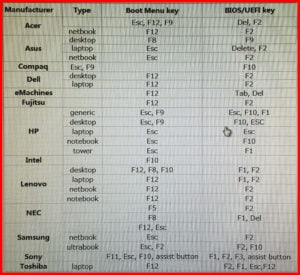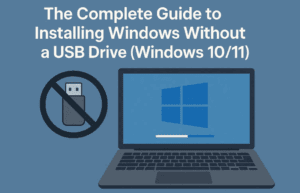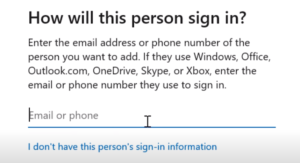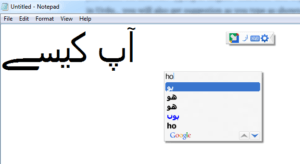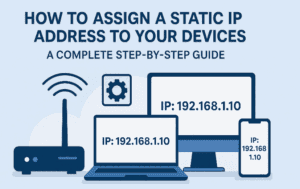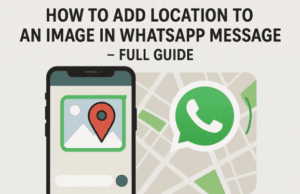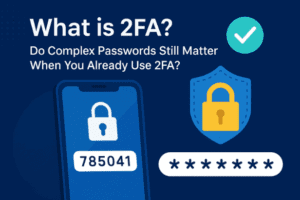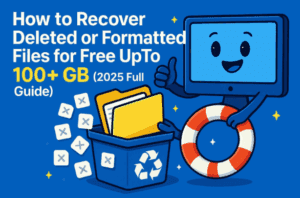If you’re dealing with a SanDisk SD card that has been formatted, deleted, or corrupted, this guide is for you. Whether you’re using your SD card with a camera, smartphone, or any other device, I’ll show you how to recover your lost files step by step. If you find this guide helpful, please leave a like below and consider subscribing—it really helps us out a lot!

Step 1: Stop Using Your SD Card
If you’ve lost files, the very first step in data recovery is to stop using your SD card. Continuing to use it increases the chance of overwriting the lost data, making recovery impossible. Remove the card from your device immediately and set it aside to prevent further loss.
Step 2: Assess the Damage
Once the card is removed, inspect it for physical damage. If the card is physically intact, recovery is still possible. The best method to recover your files from an undamaged SanDisk SD card is through a DIY recovery software solution. Below, I’ll discuss two of the most effective options: SanDisk’s Rescue Pro and Disk Drill.
Step 3: SanDisk’s Rescue Pro Software
Not many people know this, but when you purchase a SanDisk SD card, it comes with an activation key for a one-year license of Rescue Pro—a file recovery tool. This software allows you to recover photos, videos, and other file types that may have been lost. It’s a basic tool but can get the job done for most simple recoveries.
However, there are a few caveats:
- You need to have kept the original packaging that contains the activation key.
- Rescue Pro’s effectiveness can be hit or miss, depending on the file types and the scenario.
Step 4: Disk Drill—A More Comprehensive Solution
While Rescue Pro is useful, I recommend Disk Drill for more powerful and versatile recovery options. Disk Drill supports a wide range of file systems and formats, making it perfect for recovering complex video files and RAW images.
What sets Disk Drill apart is that it offers extra features like:
- S.M.A.R.T. Data monitoring
- SD card backup
- Preview of recoverable files before recovery
- Recovery of up to 500MB of files for free on Windows
Step 5: How to Use Disk Drill to Recover Files
Here’s how to use Disk Drill for recovering files from your SanDisk SD card:
- Download and Install Disk Drill
Download Disk Drill from the official site. You can use either the Mac or Windows version; both are capable of the same functions. - Connect Your SD Card
Ensure your SD card is connected to your computer. - Launch Disk Drill
Open the application, where you’ll see a list of all drives connected to your computer. Select your SD card from the list. - Search for Lost Data
If your data is deleted or formatted, choose the option to ‘Search for lost data.’ Disk Drill will start scanning your SD card, showing a real-time list of recoverable files. - Browse Recovered Files
Once the scan is complete, you can browse through the recovered files. Disk Drill also offers a preview option, allowing you to check the files before recovery. - Select and Recover Files
Select the files you want to recover, hit ‘Recover,’ and choose a save location separate from your SD card to avoid overwriting data. - Complete the Recovery
Hit ‘Next’ and your files will be saved to the chosen location. The recovery process is now complete!
Final Thoughts
Recovering lost files from a SanDisk SD card doesn’t have to be stressful. Whether you choose Rescue Pro or Disk Drill, these tools can help you retrieve your precious data. Disk Drill stands out due to its versatility, power, and additional features, making it a great choice for photographers, media professionals, and anyone dealing with large or complex file types.
#SanDisk #SDCardRecovery #DataRecovery #DeletedFiles #RescuePro #DiskDrill #FileRecovery #PhotoRecovery #VideoRecovery #DataLossPrevention #BackupSDCard



